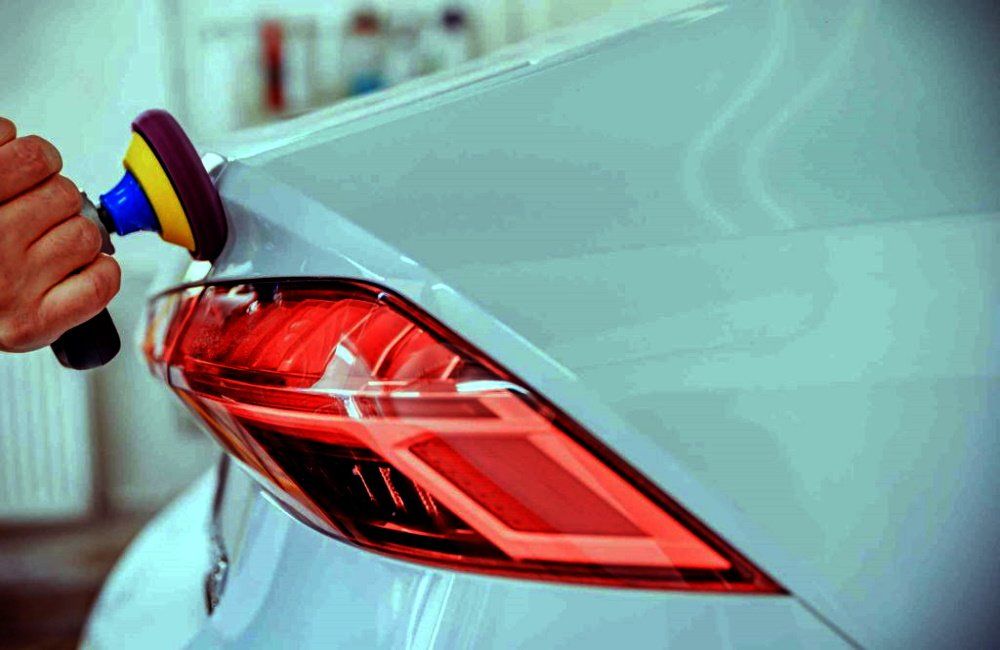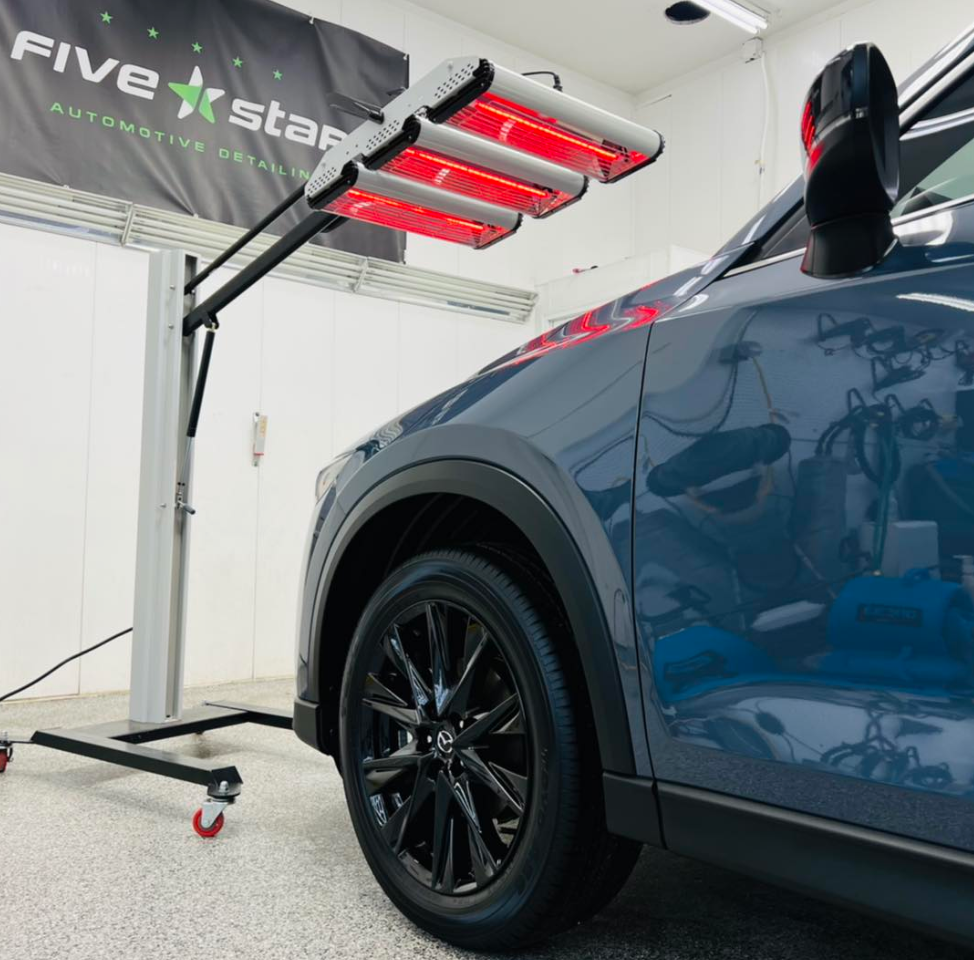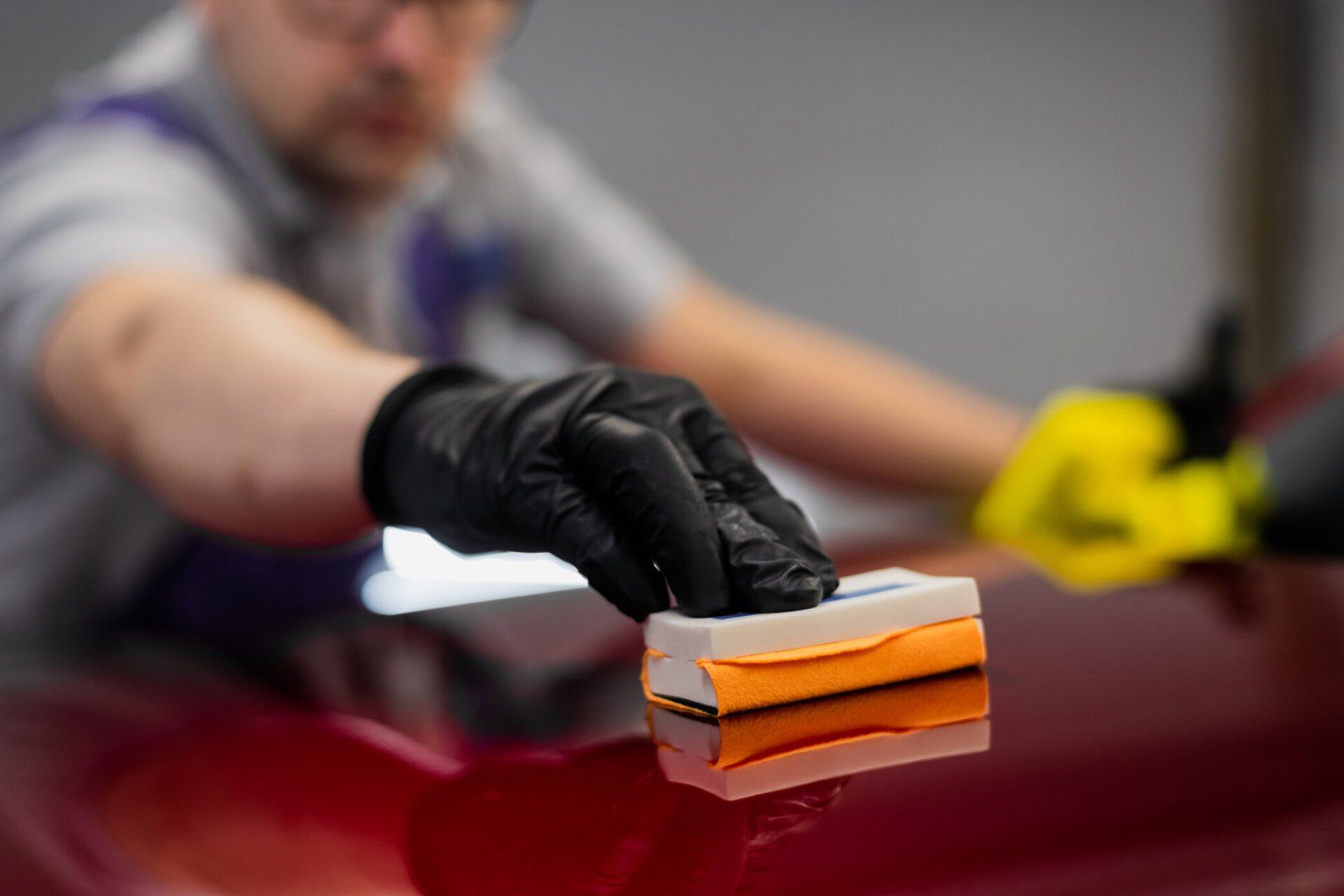Most car owners who are serious about the appearance and longevity of their vehicles consider paint correction a necessary maintenance step. Proper paint correction helps your car stand out and get some serious attention, even without intimate knowledge about cars.
But is paint correction worth it and how often can it be done? Remember that paint correction is a lifetime commitment and you need to be willing to put in the effort for great results. Read on to learn how long a car paint correction lasts in different circumstances.
What's car paint correction?
Paint correction involves removing all the imperfections on your car's clear coat or finish. The process restores your vehicle's finish to its original state, without removing the manufacturer's color.
Some of the imperfections that the paint correction process can fix include:
- Swirl marks
- Water spots
- Oxidation
- Sun damage
- Fine scratches
- Poor washing techniques
Often, car detailing contractors uses various polishing pads, diminishing abrasives, specialty polishes, and cutting compounds for a full paint correction. However, the paint correction techniques they use differ depending on the thickness, hardness, and level of your car's imperfections.
How long does paint correction last?
How long a proper paint correction lasts depends on your car's maintenance, workmanship, and use of the vehicle. You'll find several professional paint correction services offering warranties ranging from 6 months to years, but the length of your warranty doesn't dictate how long it lasts.
The level of your vehicle's wear and tear largely determines how long your car's finish will last before requiring paint correction. If the car is mainly for display, your paint correction will last for years. However, car owners who use their vehicles daily can expect the paint correction to last several months.
Here are four factors that will determine how long your paint correction lasts on your car's clear coat.
Maintenance approach
If you're enthusiastic about vehicle sprucing and maintenance, your paint correction won't probably last long. It will be a waste of your money and time if you need to regularly correct your car's paint. That's because paint correction takes time and can be costly for many car owners.

You'll also need to practice safe washing techniques to avoid dents and scratches that will eventually dull your car's paint. That involves following the maintenance instructions given by your auto body shop after a professional paint correction treatment.
Workmanship
As long as your car gets a proper paint correction from a professional detailer, the results can last for over three years. Whenever you notice any minor scratches, swirl marks, and other dents, consider having the paint corrected immediately. Doing that helps you avoid heavy paintwork again and maintains your vehicle's shine longer.
After your first correction, consider applying a light polish every year to ensure your car's finish remains in perfect condition. Annual correction keeps your vehicle in pristine condition and maintains your car's shine by avoiding heavy cutting and deeper scratches.
Use of the vehicle
Most car owners want their vehicle's ceramic coating to last for close to a decade, but that's impossible. The amount of time your paintwork will last depends on how you drive and what you use your vehicle for. For instance, if you're a taxi driver, you'll be disappointed if you think your fresh paint job will maintain its shine for over a year.
With so many activities on the road, it can be challenging to monitor the things your vehicle's finish is exposed to. People might also touch it when passing through the parking lot, while bikes might catch it when trying to squeeze through tight spaces.
Washing your car often and parking it in your garage can increase the longevity of your paint correction. However, different washing techniques can cause heavy swirl marks and result in different paint defects. As such, it's best to manage your expectations unless you rarely drive your car in Rochester MN.
Quality of protection
Your detailer will recommend several options for paint correction once the correction is done. Paint protection helps to lock in those correction results as long as possible.
The paint protection film is the best you can get to make your vehicle scratch resistance. Most detailers use it on the front side of your vehicle, protecting it from stone chips. Unfortunately, the price and appearance of paint protection films on vehicles are their biggest downsides.
Ceramic coating is the next best option if you're looking for a great car polish after paint correction. It won't protect your car from deep scratches, but it guards your vehicle against tree sap, chemicals, UV rays, and other contaminants. The coating is also quite easy to clean.
Polymer sealants and wax provide the least amount of protection, but they're better than nothing. They're cost-effective and easy to work with, but they won't last nearly as long as the ceramic coating.
Do all vehicles need paint correction?
The truth is that not every vehicle needs paint correction. Most people believe that brand new cars don't need to go through the polishing process - well because they're new. However, if a brand new car has been sitting in a showroom or lot, there's a high chance it has tiny scratches and swirl marks.
High-end handbuilt cars also need paint correction, despite their expensive price tags. Being hand painted doesn't mean your car's paint job will be flawless. In fact, it leaves room for human error, as with the case of many Teslas, Ferrari and Ashton Martin.
But when exactly is paint correction not necessary? The process isn't necessary if you can commit to regular maintenance and detailing. After all, correcting your car's paint only to neglect it later will be a waste of time and money.
Need professional paint correction & auto detailing services in Rochester MN? Call Five Star Automotive Detailing!
While paint enhancement is your go-to all-in-one product to maintain your car's shine, Five Star Automotive Detailing understands full correction is the only lasting solution. This premier auto detailing studio is run by car enthusiasts who are aiming to set Rochester's standards for quality detailing, ceramic coating, and paint correction services. Call 507-213-3561 to schedule a free consultation!






